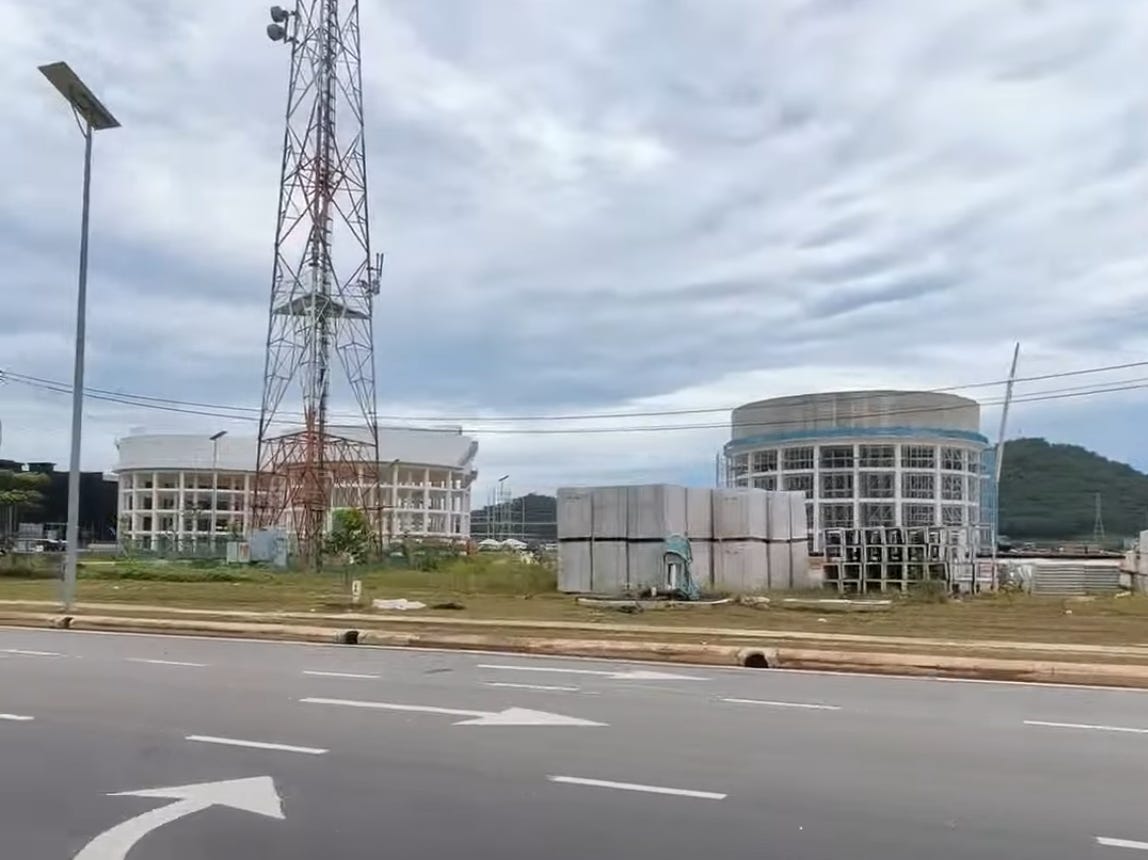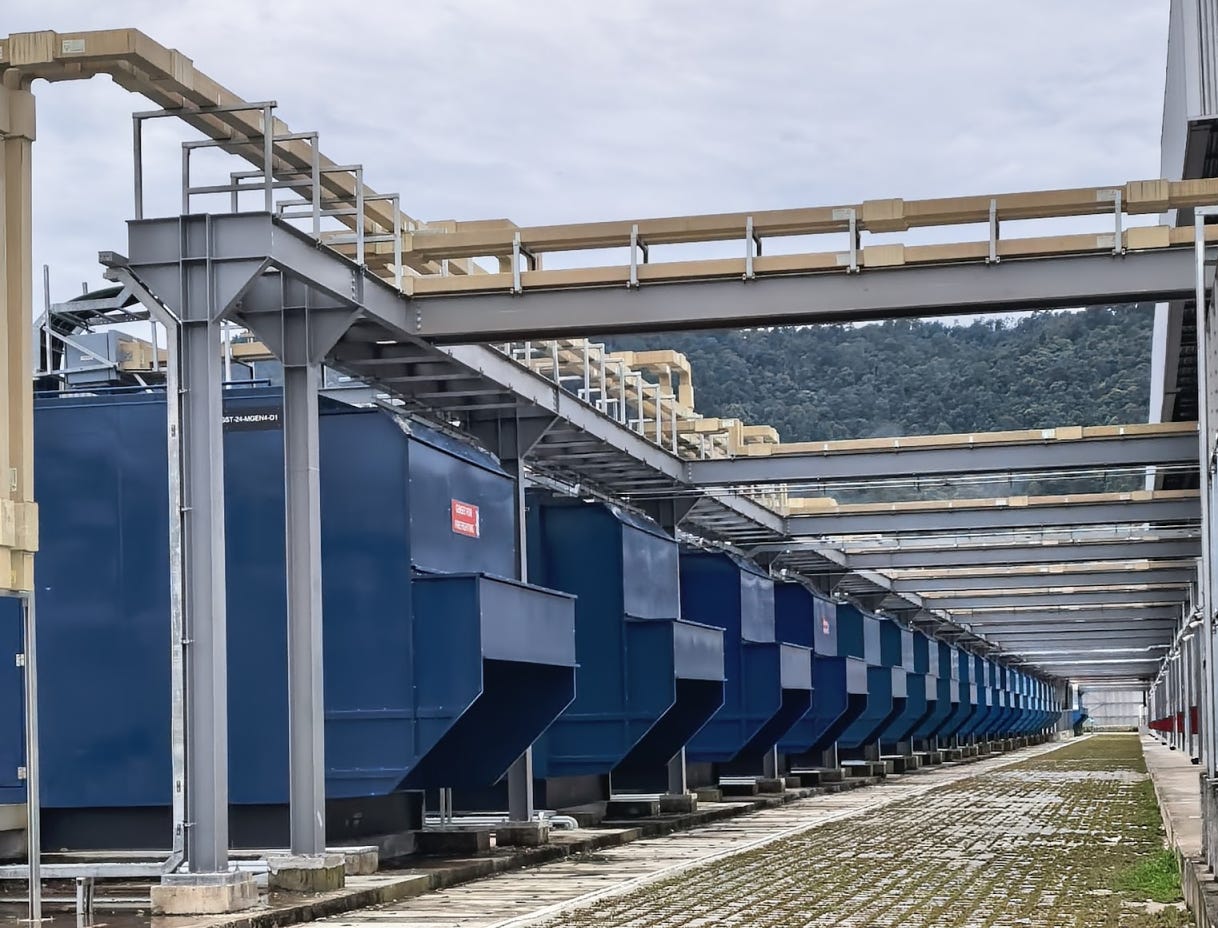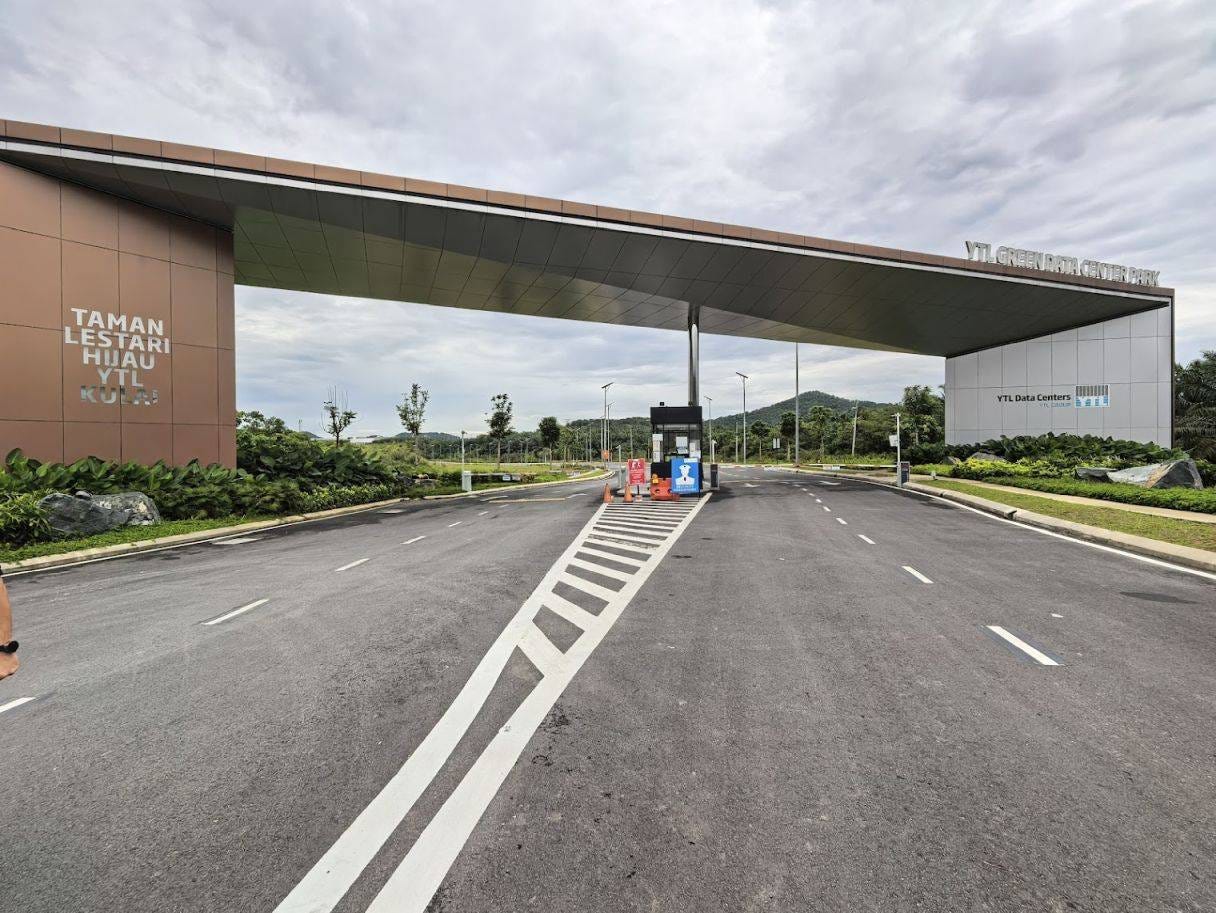The pragmatic truth about data centres: It's just business
Here are three realisations as I toured YTL's massive 600MW data centre campus.
These days, new headlines about ever-larger data centre builds seem to appear every other week. While they make for interesting reading and bring much needed awareness to a once obscure niche, the reality is the headline news only represents a fraction of the data centre developments that are happening around the world.
Like a magnifying glass revealing intricate patterns in seemingly simple objects, a closer look at some of the largest data centre developments can offer insights about what is truly important and where the industry is heading.
This was the position I found myself this week, as I went on a tour of the single largest data centre campus and operator in Malaysia, maybe even Southeast Asia. What I saw made me rethink my assumptions about what actually matters when you’re building at scale.
The largest data centre in Malaysia
YTL's Green Data Center Park in Kulai, Johor sits on 2,000 acres of land. Of this, some 300 acres are carved out for seven data centres in the current phase, of which 188MW of IT capacity is already handed over or under construction. YTL got into Johor early, breaking ground in August 2022, months before the launch of ChatGPT triggered the current global frenzy for massive data centres.
In my view, this meant planners had time to properly design the campus - and it shows in the clean layout and plans for an on-site solar farm. When fully built, the campus will deliver 600MW, putting it ahead of other hyperscale data centres by rivals such as Vantage and AirTrunk.
Less than a decade ago, I worked with YTL's CEO Heng Wai Mun on various marketing materials including this brochure (pdf) for Singtel's DC West, which he was building then. DC West was Singapore's largest data centre at the time; today, it would be the second smallest facility in YTL's campus.
As I sped down the main road in a buggy at full tilt, I couldn't help but reflect on what these massive facilities really represent. The entire stretch on the opposite side - already levelled for future builds - sits empty. So there’s room for further expansion. You can watch the full 5-minute buggy ride on this blog post here.
We tend to romanticise data centres: their cutting-edge cooling, their massive scale, their role in the AI revolution. Strip away the narrative though, and it's clear that these facilities exist for one reason: to serve businesses with digital infrastructure needs. Walking through YTL's campus, three pragmatic truths stood out.
Scale’s diminishing returns

Conventional wisdom tells us that economies of scale make resource use more efficient as we scale up, which should help data centres given their massive energy and water consumption. However, scale is a double-edged sword. It amplifies both efficiencies and waste, while exposing problems that smaller operations can simply ignore.
Take water quality as an example. A separate conversation I had with the CEO of a water treatment company highlighted how this plays out across Southeast Asia. He explained how poorer water quality in some cities means data centres there have very low cycles of concentration (CoC) - a metric showing how many times water is reused before discharge. Some data centres manage only single-digit CoC, while others exceed 10. That's a world of difference in operational efficiency.
Finally, scale means significantly greater impact when something breaks. Protecting against that requires exponentially more complexity, redundancy, and management overhead. For example, the five water reservoirs at YTL aren't about efficiency - they're absolute requirements when operating at a scale where even brief disruptions can have unthinkable repercussions.
No two data centres are alike

One thing that stood out was how there was no uniformity across data centres. Of the few cooling towers I saw perched on rooftops, some were evaporative while others were dry coolers, from various manufacturers. The DCIM system I saw also showed two setups for different data halls. The reason is obvious on reflection: customers have differing priorities and workloads, which drives the design and equipment choices.
This reality contrasts sharply with headlines and social media commentary from those with vested interests, who often push for liquid cooling and high-density deployments as if they're universal solutions. But a bank's requirements differ vastly from a consumer firm's, which in turn differ from an e-commerce platform's needs.
This customisation inevitably complicates design and operations. There's no one-size-fits-all template when every major customer essentially gets a bespoke solution. Yet this is the pragmatic truth of data centres today - they are designed for individual customers with unique requirements.
Economics beats engineering
(Video: This isn’t a data centre, but the site office for the YTL campus)
We build data centres for different reasons. Some enterprises need infrastructure to support business operations and customers. Cloud providers build to offer digital services. Others are racing to build because they believe AGI will reshape the world order - and they must be there first.
Yet at its core, the data centre is just another business. There are investors expecting returns, operators managing margins, and customers comparing costs. The most sophisticated liquid cooling system means nothing if customers won't pay the premium. The highest power density racks are worthless if clients only need 10kW.
It’s worth remembering that customers don't spend unless they must. But when they do, they will choose technologies and systems that best meet their needs - not more, not less. This ruthless pragmatism is what actually drives data centre evolution, not vendor promises or technologist dreams.
The view from the ground
The future of data centres won't be determined by loud voices at trade conferences or breathless headlines. It will be shaped by mundane realities: operational costs, customer requirements, and of course, local regulations.
The evolution of the data centre won’t come from chasing the theoretical limits of power density or the latest cooling breakthroughs. It's about finding the intersection between what's technically possible, what's economically viable, and what customers actually need.
That's the pragmatic truth the headlines miss: data centres succeed not by being the most advanced, but by being exactly what their customers need them to be.
A version of this first appeared in the commentary of my free Tech Stories newsletter that goes out every Sunday. This includes a digest of other stories that I wrote this week. To get it in your inbox, sign up here.



